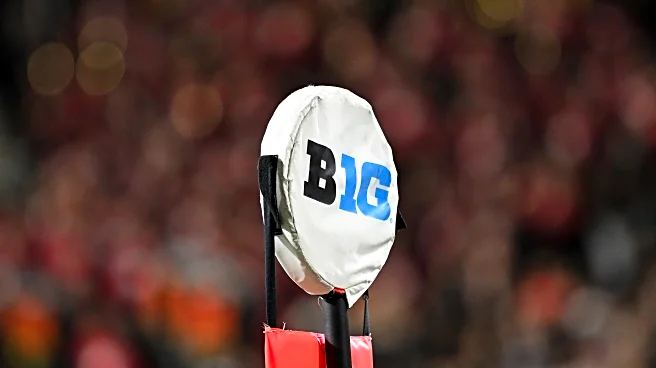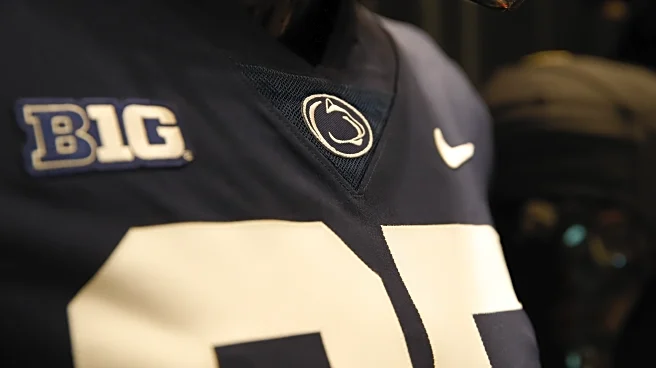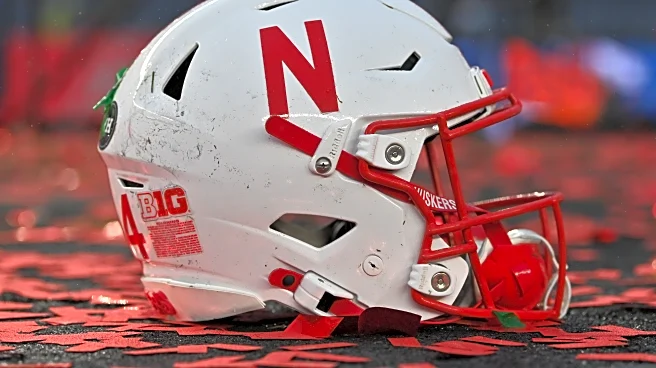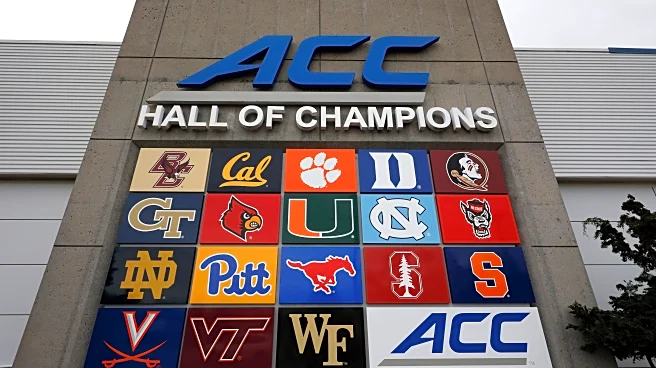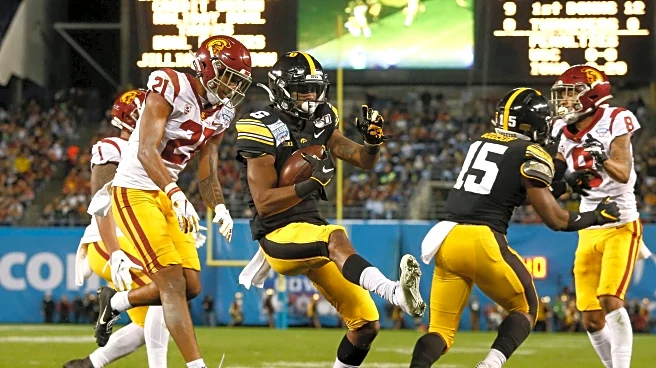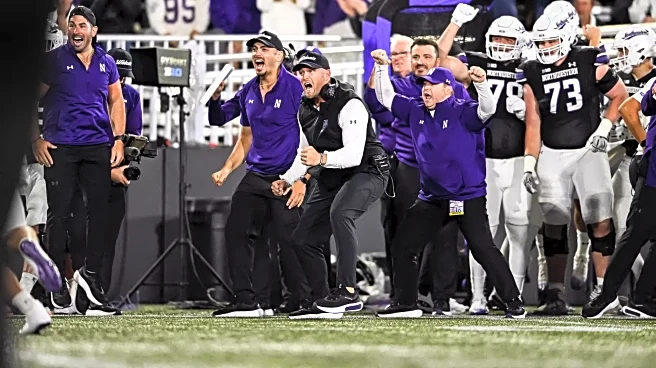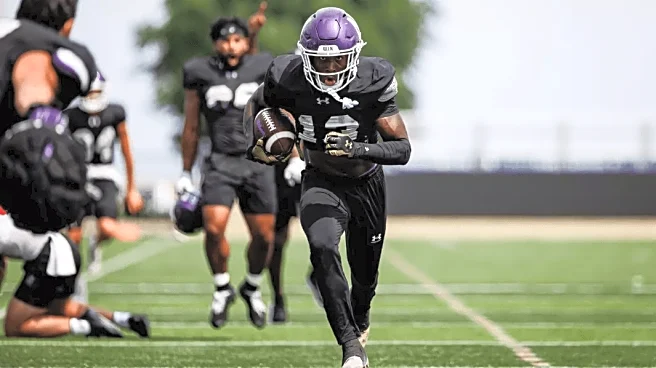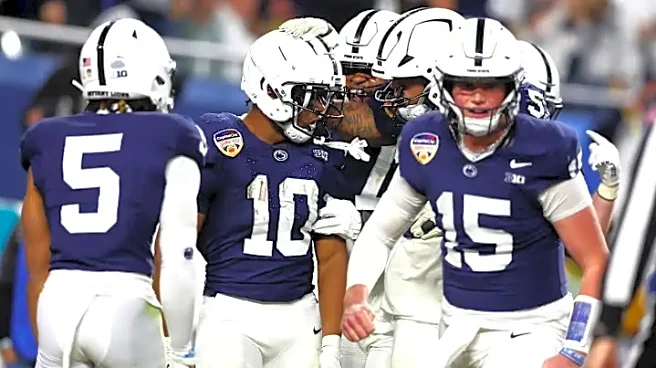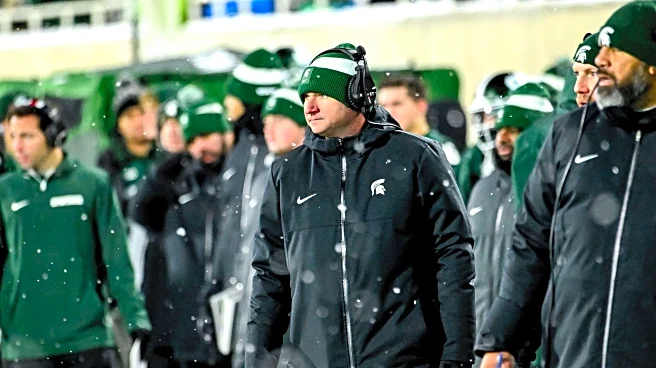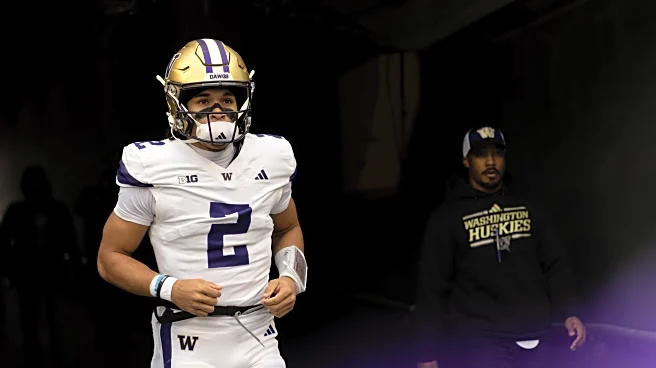

The way that Husky fans should think about power rankings now is to ask the question: given a choice, which teams would you think UW would have the best chance to beat if they played in week 1, and which teams would you not want UW to face in week 1?
There are many people (or sites) that do preseason power rankings-usually of all FBS teams. While they aren’t using that question, some use a similar scale where they compare against a hypothetical “average” FBS team. Those power rankings usually base
the rankings off of how each team did last year, how much of that team is returning, and who have they added or lost since last year (both players as well as coaches). Each power ranking will have a different weight that they put on each of those factors, and some may consider a few other factors as well. Sometimes there will be a lot of similarities between the rankings; other times there will be some very diverging opinions.
Note that power rankings are not the same as predicting an order of finish. That is based on win/loss records (that will get covered tomorrow). A team could be very good but face a daunting schedule where they face a lot of stronger teams and end up with a worse record than a team which faces an easier schedule. Compare, for example, Wisconsin’s schedule this year with Indiana’s schedule last year and you’ll understand.
There are two ways to do a power ranking: a simple ordering or a power value ranking. (These are my terms and descriptions.) There is also a composite of both.
Simple Ordering
The simple ordering is just that-simple. It just ranks teams from the strongest (#1) to the weakest (this year, #136 if you are doing just the FBS teams). College Football News (https://collegefootballnews.com/college-football/2025-college-football-rankings-1-136-offseason-preview), Athlon Sports (https://athlonsports.com/college-football/college-football-top-136-team-rankings-2025), and CBS Sports (https://www.cbssports.com/college-football/rankings/cbs-sports-rankings/) are examples of simple rankings of all 136 FBS teams. Phil Steele does several different ‘power rankings’, including his ‘Power Poll’ which includes all 136 teams. Here is a summary of the rankings for the Big Ten teams.
| Team | CFN | Athlon | CBS | Phil Steele | Average |
|---|---|---|---|---|---|
| Penn St | 7 | 2 | 2 | 1 | 3.0 |
| Ohio St | 2 | 3 | 3 | 5 | 3.3 |
| Oregon | 11 | 9 | 7 | 13 | 10.0 |
| Michigan | 6 | 15 | 15 | 12 | 12.0 |
| Illinois | 13 | 17 | 13 | 17 | 15.0 |
| Indiana | 24 | 16 | 23 | 16 | 19.8 |
| USC | 23 | 29 | 29 | 21 | 25.5 |
| Iowa | 26 | 31 | 30 | 31 | 29.5 |
| Nebraska | 33 | 32 | 35 | 35 | 33.8 |
| Washington | 39 | 37 | 40 | 39 | 38.8 |
| Minnesota | 31 | 44 | 38 | 45 | 39.5 |
| Wisconsin | 35 | 45 | 51 | 32 | 40.8 |
| Michigan St | 25 | 53 | 62 | 54 | 48.5 |
| Rutgers | 44 | 46 | 63 | 44 | 49.3 |
| UCLA | 53 | 62 | 49 | 52 | 54.0 |
| Maryland | 46 | 79 | 67 | 72 | 66.0 |
| Northwestern | 65 | 71 | 77 | 63 | 69.0 |
| Purdue | 68 | 104 | 92 | 106 | 92.5 |
There is obviously some variability. Both Michigan State and Purdue vary by almost 40 places. College Football News has Michigan State as a top-25 team! But none of the top 10 teams (based on the averages) vary by more than 10 places. And three teams, including UW, vary by just 3 places across the 4 rankings. You can argue about whether these are correct, but at least they are fairly consistent.
Composite Rankings
The Massey Composite Rankings use dozens of different rankings to come up with a ranking of all of the FBS teams. Some of these rankings are simple rankings, and this includes both the AP and Coaches polls. Others use a power ranking, but the Composite Ranking only looks at the ranks and not the power values. This Composite Ranking gets updated frequently as more rankings are added. As of this writing there were over 3 dozen different rankings being used including the AP poll and the Coaches poll. Here is where each of the Big Ten schools ranks:
- Ohio State (1)
- Penn State (2)
- Oregon (6)
- Michigan (12)
- Indiana (15)
- USC (22)
- Iowa (26)
- Illinois (28)
- Minnesota (32)
- Washington (35)
- Nebraska (36)
- Wisconsin (42)
- Rutgers (47)
- UCLA (49)
- Michigan State (63)
- Maryland (65)
- Northwestern (77)
- Purdue (106)
The top 4 teams are the same between this and the table above, but in a slightly different order. Likewise, the bottom 3 teams are the same and in the same order. Teams 5-8 are the same, but in a different order. Likewise, teams 9-12 are the same but in a different order, and 13-15 are the same but in a different order.
Power Rankings
The power value rankings assign a power value to each team. Usually the strongest teams get the highest values and the weakest teams get the lowest values. And then the ranking is based on those values. The highest value gets ranked at the top (#1), and then incrementing from there. It may seem like there isn’t much of a difference between this and the simple ranking. The difference is that with the power values you can see that the difference between two (or more) teams may not be as different as the rankings indicate. For example, in the current ESPN FPI rankings, Miami (#9), Tennessee (#10), and Clemson (#11) have values of 17.5, 17.4, and 17.3 respectively. Those are almost the same, especially in comparison to the top three teams (Texas: 28.5, Georgia, 26.6, and Alabama: 24.2). In other words, the expectation (based on the power values) would be that games between Miami, Tennessee, and Clemson would be very close while any of those three teams would all be big underdogs to Texas, Georgia, or Alabama. Or, when looking at just the Big Ten, Wisconsin and Iowa have the same FPI value (6.3) and are ranked one after the other. But there is a big gap between USC (13.0, #5 in the Big Ten) and Nebraska (9.3, #6 in the Big Ten).
You can get some sense of how the teams compare with each other and with other FBS teams be looking at the overall ranking. A possibly better way to compare teams would be to look at the power rankings which assign a power value to each team. The 5 that will be used for this view are ESPN’s FPI, SP+, Kelly Ford, FEI, and Phil Steele’s Plus/Minus Power Rating. The power values in these rankings are designed such that a value of ‘0’ represents an ‘average’ FBS team. Values above ‘0’ are better than average…and you don’t want to be below ‘0’. (In the case of Phil Steele’s ratings, ‘100’ is average; and for his you don’t want to be below 100.)The difference in value between any two (FBS) teams gives you an idea in the difference in ‘power’ between them. In 4 of the 5 power rankings, you can subtract the power values to get an idea of the expected point differential if the teams would play. For example, with SP+ UW has a value of 9.0 and UW’s first opponent, Colorado State, has a value of -8.4. The difference is 17.4. That difference, plus about a 3 point advantage for being the home team gets you close to the spread for the game (now at UW -22.5).
Since FEI doesn’t use that same scale, I normalized all of the values by having the highest value for each as 100% and the lowest value as 0% in each power ranking. Then the 5 values were averaged for each team. The result for the Big Ten teams is below.

First of all, the same 4 teams are at the top of the ranking, and the bottom 3 teams are also the same.
The next thing to notice is that teams 7-12 (Iowa to Minnesota) are all about the same level: 67% to 62%. In fact, 7 & 8 are almost identical; 9 & 10 are al most identical (this includes UW); and 11 & 12 are almost identical. This indicates that any games between these teams should be very close. We’ll see how accurate that is when UW plays Illinois.
Another point is that all but 3 teams are above 50%. Those 3 teams (Maryland, Northwestern, and Purdue) would be considered ‘below average’ compared to all FBS teams. Michigan State is right at 50%, so they are an average FBS team.
Conclusions
There is definitely some consistency between the different power rankings at the top and the bottom of the Big Ten. In the middle there is a lot more variability, although USC, Illinois, Iowa, and Indiana are generally at the top of the middle group. If you think in terms of tiers,
Tier 1A is Ohio State and Penn State; Tier 1B is Oregon and Michigan.
Tier 2 is USC, Indiana, Iowa, and Illinois
Tier 3 is Nebraska, Washington, Minnesota, and Wisconsin
Tier 4 is Rutgers, UCLA, and Michigan State
Tier 5 is Maryland, Northwestern, and Purdue (and that order is consistent)
Back to the question above: Which teams would you not want UW to face in week 1? While some might argue that UW could have an advantage over teams breaking in new QB’s (Ohio State, Michigan, etc.), I think most people would still have UW face the teams in Tier 4 or Tier 5 rather than the teams in Tier 1 or Tier 2 based on what we know now. That will likely change as we get more data from the games-UW games as well as games involving the other Big Ten teams.
One, two, and three months from now the tiers and teams in them will most likely change. Which team(s) do you think will move up? Which team(s) do you think will move down?
